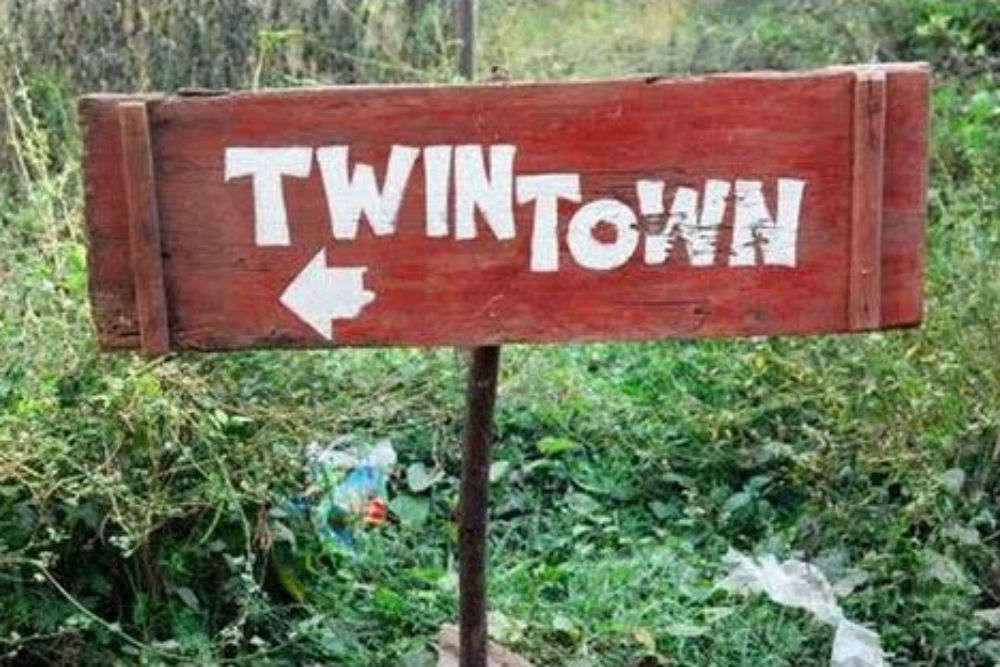Kodinhi, a quaint village nestled in the Malappuram district of Kerala, has earned the intriguing moniker of "twin town." This small community, with approximately 2,000 families, has baffled researchers and captivated the world with its disproportionately high number of twins. This phenomenon has piqued the curiosity of scientists, locals, and visitors alike, making Kodinhi a subject of fascination and speculation. In this article, we will delve into the mysteries surrounding the twin births in Kodinhi, exploring the statistics, theories, and the ongoing quest for answers.
The Astonishing Statistics
Kodinhi's claim to fame lies in the astonishing number of twins born within its boundaries. While globally, twins comprise only 6 of every 1,000 live births, in Kodinhi, this figure skyrockets to a staggering 42 per 1,000 live births – a 700% increase. This makes Kodinhi an anomaly in India, where the average occurrence of twins is just four out of every 1,000 births. The village's twin birth rate is a remarkable 45 per 1,000 births.
The origins of the twin phenomenon in Kodinhi trace back to a period approximately 60-70 years ago. The trend started to emerge, and with each passing year, the number of twins has been steadily increasing. In fact, over the past decade, the number of twins in Kodinhi has doubled, leaving researchers astounded.
One puzzling aspect of the Kodinhi twin phenomenon is the correlation with the height of women in the village. Twins tend to occur more frequently in women who are generally over 5 feet 3 inches tall. Interestingly, the average height of women in Kodinhi is around 5 feet, which defies the established pattern observed elsewhere. However, the exact relationship between height and twin births in Kodinhi remains a subject of speculation.
Even those who marry outsiders and move away from the village seem to exhibit a substantially higher-than-normal rate of having twins. This adds another layer of complexity to the Kodinhi twin mystery. It appears that the twin phenomenon is not confined to the village itself but somehow follows those connected to Kodinhi, regardless of their geographical location.
The abundance of twins in Kodinhi has led to some amusing situations. Teachers find it challenging to identify the twins in schools, and even the local people sometimes face a similar predicament. Jokes circulate about newly-wed couples mistaking their partners for the other twin in the pair during the early stages of their conjugal life. The identity crisis caused by the prevalence of twins adds a touch of humor to the peculiarities of this unique village.
To celebrate the twin phenomenon and foster a sense of community, the residents of Kodinhi have established the Twins and Kin Association (TAKA). This association serves as a platform for twins and their families to come together, share experiences, and strengthen their bond. TAKA has become an essential part of the village's identity, further solidifying Kodinhi's reputation as the twin town.
Numerous experts and researchers have embarked on a journey to unlock the secrets of Kodinhi's twin mystery. Dr. Krishnan Sribiju, a prominent figure in the field, has been studying this medical marvel for the past two years. Although 220 sets of twins have been officially registered, Dr. Sribiju believes the real number to be far higher. His research has led him to speculate that the answer lies in something the villagers consume, but isolating the specific substance has proven elusive. Despite the lack of definitive answers, Dr. Sribiju remains committed to continuing his research, employing more advanced biochemical analysis equipment in his quest for a breakthrough.
Kodinhi continues to captivate the world with its extraordinary abundance of twins. The village's twin birth rate defies global and national averages, leaving researchers perplexed and curious. As the years pass, the number of twins in Kodinhi only seems to grow, fueling the quest for answers. While theories abound and research persists, the mystery of the twin village remains unsolved. Kodinhi stands as a testament to the wonders and enigmas that exist within our diverse world.





.jpg)



